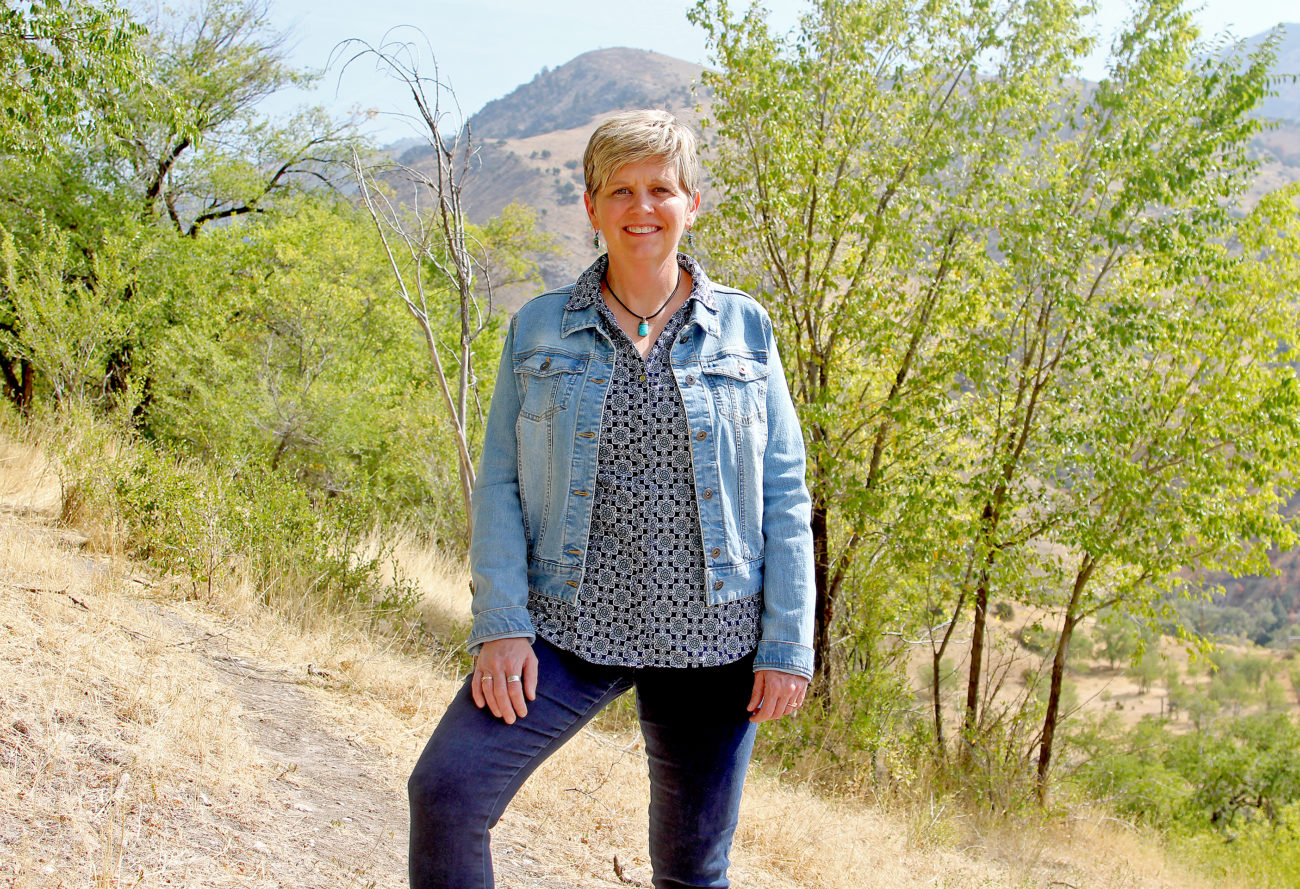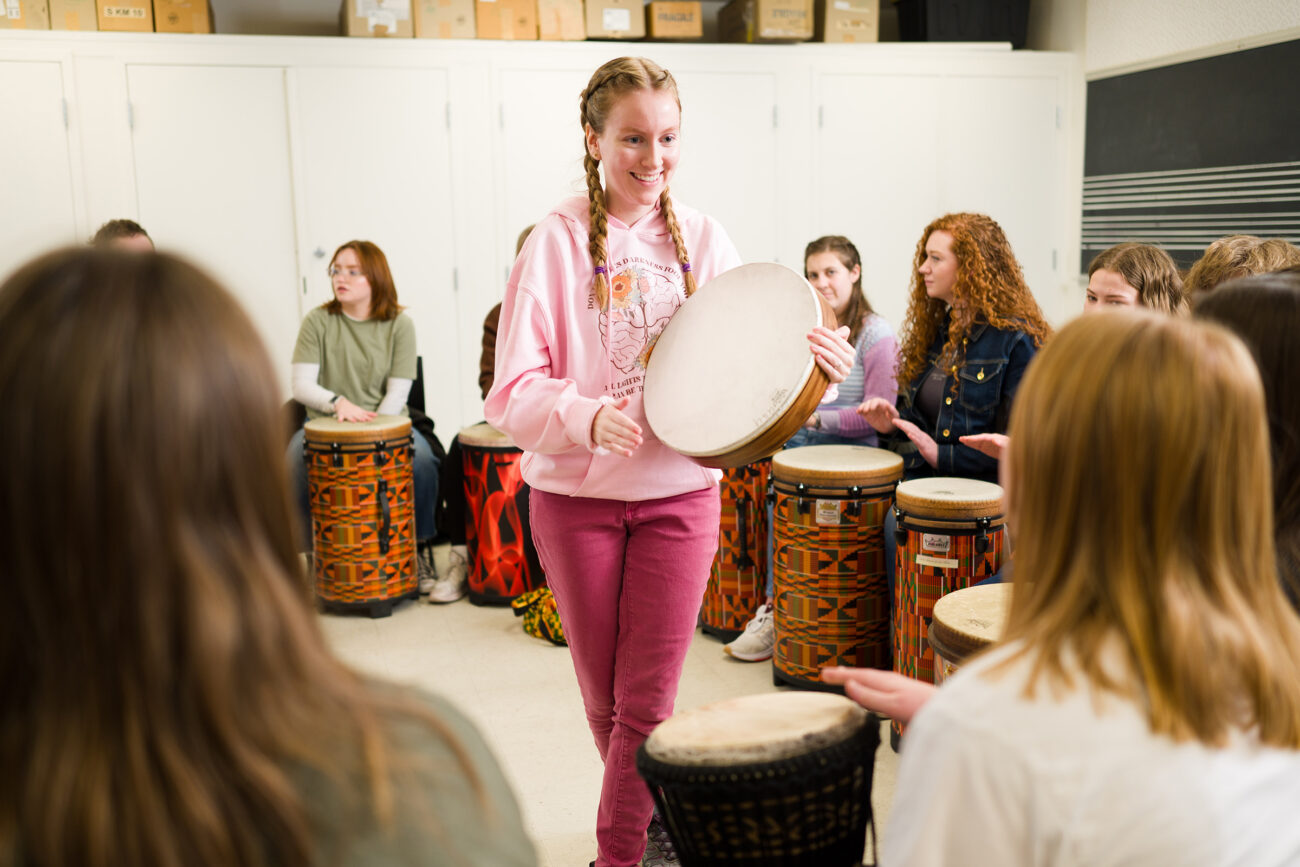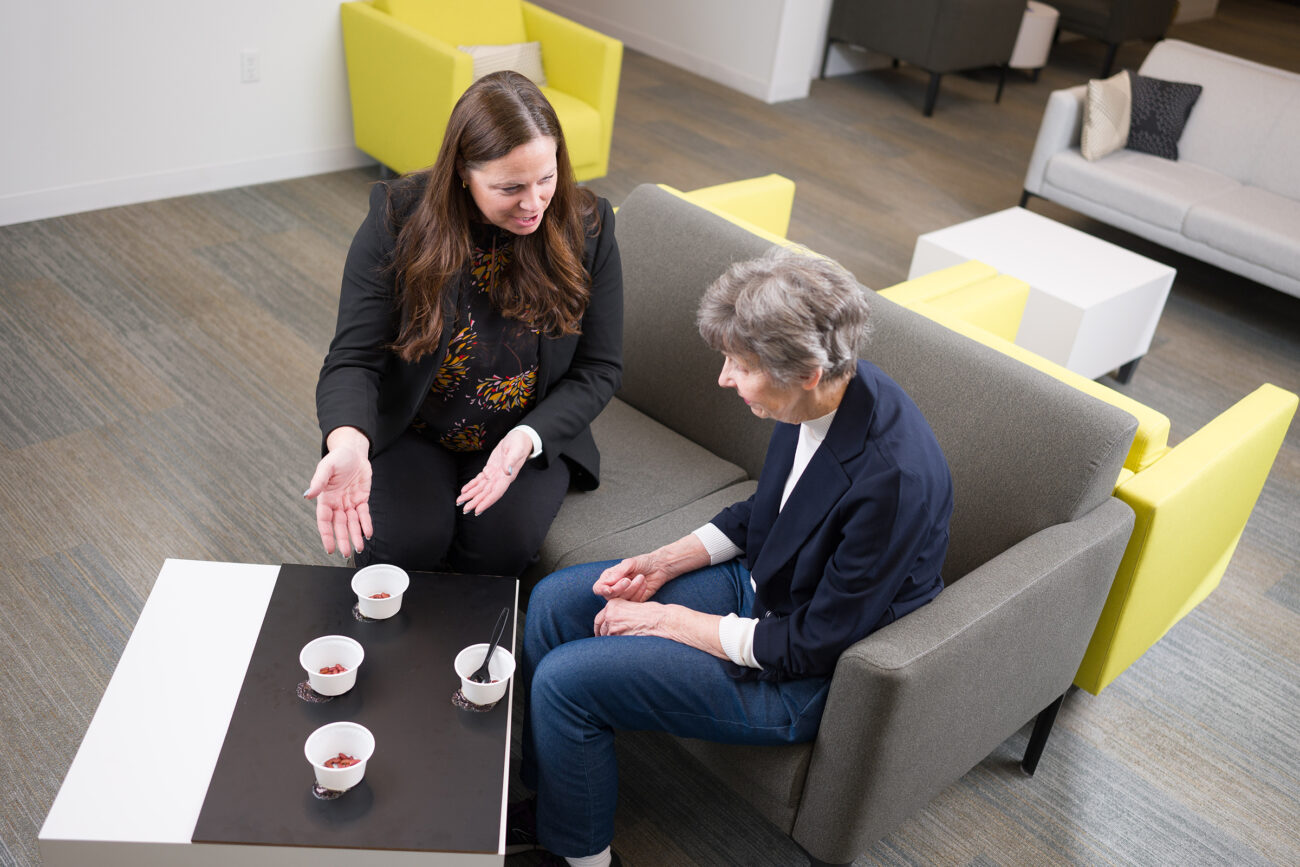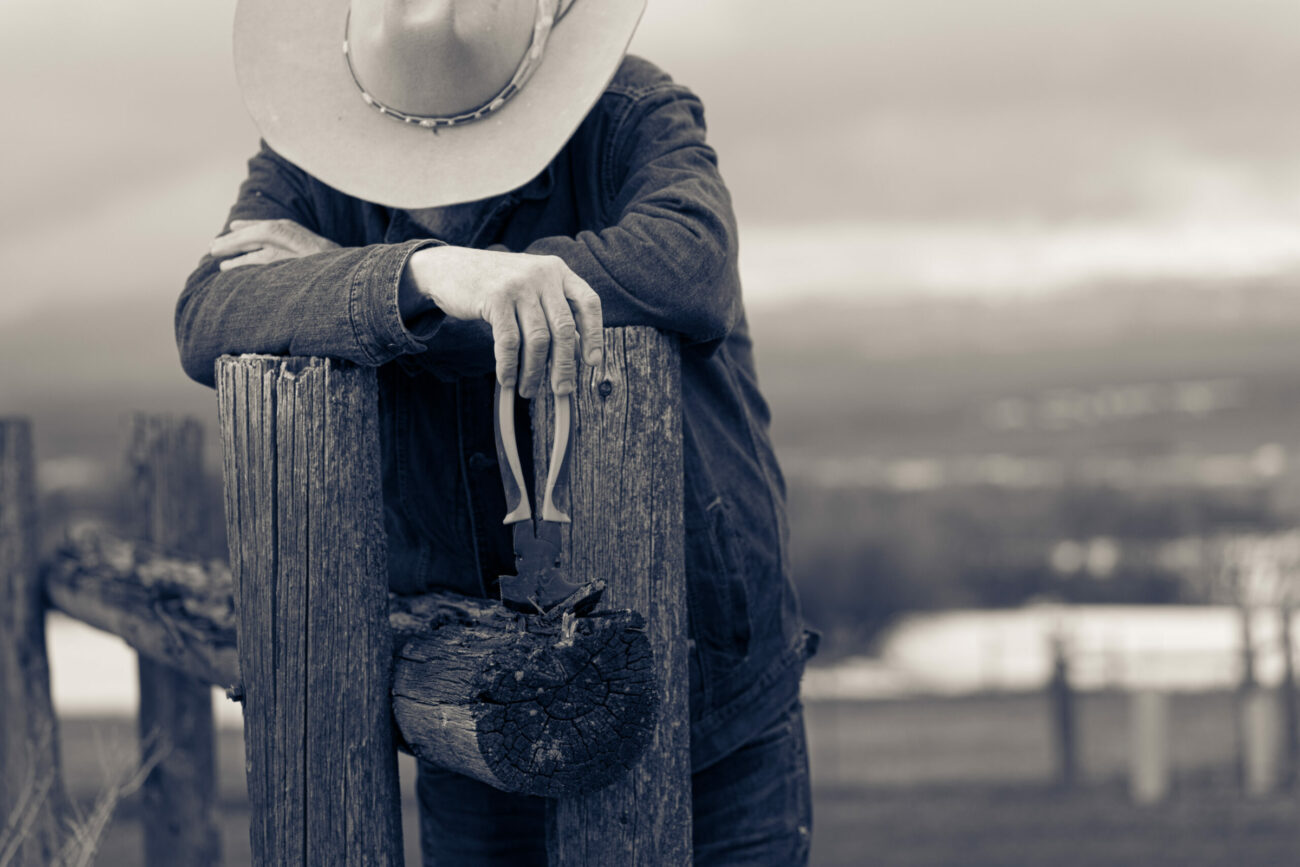Utah, How Are You?

When one first encounters the Utah Wellbeing Survey Project, it’s only natural to assume that the data collection and analysis orchestrated by Utah State University sociologist Courtney Flint is something done in response to the COVID-19 pandemic.
After all, 2020 has proven to be the optimal time to inquire about the mental, physical, and economic wellbeing of our friends, relatives, and co-workers. But due to some fortuitous timing by Flint, a professor of natural resource sociology and the community development specialist for USU Extension, the Utah Wellbeing Survey Project has the opportunity to provide a cross-section of life in Utah during one of the most challenging times in the history of the state.
Originally rolled out on a limited basis in 2019, the Utah Wellbeing Survey Project canvassed the state in greater detail in early 2020, and Flint anticipates the project continuing through 2021 and beyond.
“The pandemic will obviously have big-time economic impacts on individuals, families and certainly localities in the state, so there are going to be a lot of decisions to be made about tweaking expenditures.”
Flint’s primary goal with the project is to try and keep “a finger on the pulse of residents’ wellbeing and attitudes about community issues” as a way of helping to promote sound planning and decision making by Utah’s municipalities. The survey questions ask residents to rate their general wellbeing based on criteria such as landscape features, population growth and economic development, and the importance of cultural opportunities, connection to nature, leisure time, and living standards in their communities. Flint acknowledges that many of the survey results are likely to change due to the impact of the pandemic, but she was very optimistic with what the research showed in 2020.
“Overall, on average, Utahns are doing pretty well,” she declares. “The average overall personal wellbeing score is about a 4 on a 5-point scale, where 5 is excellent. And this doesn’t vary too dramatically across study communities. However, when you peel back the layers and look at different aspects of wellbeing or look into how demographic characteristics are related to wellbeing, the picture gets a bit more complicated.
“It’s these variations across wellbeing dimensions, places, and people that make this project interesting,” Flint adds, “and hopefully provides useful information to decision makers. In these times of rapid change, keeping our finger on the pulse of the quality of life or wellbeing of Utahns is important.”
The Utah Wellbeing Survey project initially got underway during the summer of 2019, with most of the data being collected by students armed with iPads working directly with residents of 16 cities and nine counties. Flint compiled the data and released the findings from more than 2,100 completed surveys in December 2019.
“In these times of rapid change, keeping our finger on the pulse of the quality of life or wellbeing of Utahns is important.”
– Courtney Flint
“And then we really developed partnerships where we could dig in deeper and do more robust surveying and try to get more representative samples,” Flint says.
This year, surveying begin in late January and wrapped up in mid-March, just as the pandemic was taking hold in the United States. The 2020 surveys were conducted online, with individual municipalities publicizing them via social media, newsletters, websites, and other methods. Eighteen different cities participated, resulting in feedback from nearly 4,500 people.
One of those municipalities, Nephi, plans to use some of the when the city up- dates its general plan for the first time since 2011.
“Things have really changed in our community during that almost decade, so we’re due,” says Nephi city administrator Seth Atkinson, a USU alum who completed a dual bachelor’s degree in finance and economics and a master’s in applied economics.
Atkinson was particularly enthused by the opportunity for the city to ask some questions tailored specifically to their community about concerns regarding affordable housing, “something we had heard about through the grapevine, but didn’t know about specifically.”
The survey also provided Nephi will information regarding residents’ living standards, environmental quality safety and security and physical and mental health. “We can now use that data to help us make decisions about how to allocate some of our budget money,” Atkinson notes.
Flint presented the results of Nephi’s survey to its mayor and city council through a virtual meeting, something she’s had to do numerous times because of the pandemic. Flint published a summary of the 2020 surveys in September and plans on starting the collection of new data this month. Working in partnership with the Utah League of Cities and Towns, Flint hopes to add additional cities to the Utah Wellbeing Survey Project in 2021.
“The Utah Wellbeing Survey has specifically helped our local leaders to formulate general planning principles for their communities through survey results, and the project has allowed Utah planners and elected officials to more easily identify elements and characteristics important to current residents,” says Meg Ryan, Land Use Manager at ULCT. “As the city or town plans for growth, these important community characteristics can be preserved or enhanced through the planning process.”
By Jeff Hunter ’96
View Utah Wellbeing Survey results for individual municipalities.





